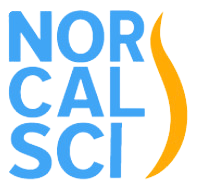Study on Nerve Stimulation Therapy for Hands and Arms Moves Forward
image from https://www.christopherreeve.org/research
When news about spinal cord stimulation and regaining function comes around, it is often focused on the lower half of the body, specifically walking again. In contrast, a study by a neurologist at Columbia University and New York-Presbyterian, Jason Carmel, MD, PhD, is conducting research into helping people regain movement in their arms and hands. “If you ask people with cervical spinal cord injury, which is the majority, what movement they want to get back, they say hand and arm function.” Carmel says.
While most studies stimulate only the spinal cord, Carmel’s research involves stimulating the spinal cord as well as the brain. The brain is stimulated first, followed by the spinal cord. “When the two signals converge at the level of the spinal cord, within about 10 milliseconds of each other, we get the strongest effect and the combination appears to enable the remaining connections in the spinal cord to take control,” says Carmel. “The paired signals essentially mimic the normal sensory-motor integration that needs to come together to perform skilled movement.”
The study’s findings suggest lasting change in either the synapses or perhaps the neurons themselves.
The National Institute of Neurological Disorders and Stroke is sponsoring a clinical trial of Carmel’s technique. He is now testing his technique on patients using either a non-invasive method or during a clinically indicated surgery. The testing is being done at Columbia, Weill Cornell, and the VA BronxHealthcare System.
You can read more about it HERE
NorCal SCI would like to thank volunteer Laurie Crosby for contributing this article to our Newsletter. If you have an article of interest to the SCI Community, please email us at info@norcalsci.org

